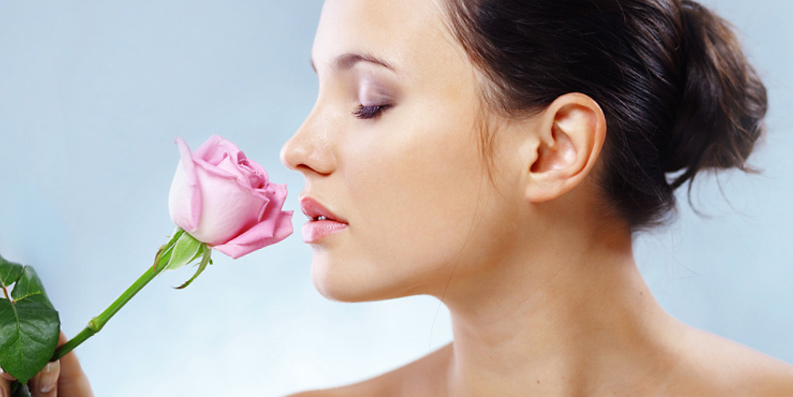Fragrances

Spotlight: Fragrances in cosmetic products are critically debated because they can cause allergies.
What are the functions of fragrances in cosmetics?
- They convey a pleasant odour impression
- They cover undesired inherent odours of other substances
Where do fragrances in cosmetics come from?
- Natural origin or synthetic production
What are the concerns?
- Fragrances and their mixtures can result in hypersensitivity reactions
- Asthmatic and sensitive persons can have health problems caused by fragrances, such as those used in room scents or spread through excessive perfuming
How can allergic persons inform themselves?
- Fragrance mixtures in cosmetic products are identified with the designation “Perfume”
- Since 2003: 26 fragrances are displayed individually when used in cosmetics
- Background: allergic reactions occur more frequently than for other substances
- Labelling only when exceeding certain values in the product (e.g., in shampoo more than 0.01%; in lotions, make-up or sunscreen products more than 0.001%).
Which fragrance mixtures are particularly relevant?
- In medical examinations, two so-called fragrance mixes are frequently tested
- Fragrance mix I: amyl cinnamal, Evernia prunastri, eugenol, geraniol, hydroxycitronellal, isoeugenol, cinnamal and cinnamyl alcohol
- Fragrance mix II: citral, citronellol, coumarin, farnesol and hexyl cinnamal
- What makes sense in the event of a positive test result for one of the fragrance mixes: more detailed testing of the individual substances to be able to clearly delimit the causes of an allergic reaction.
